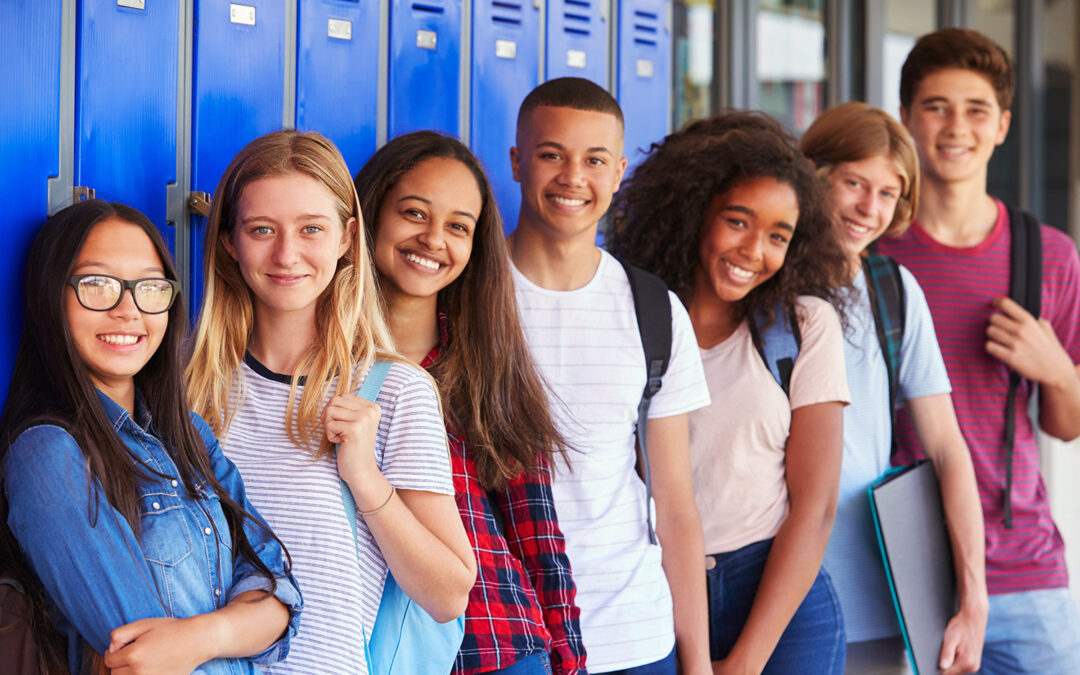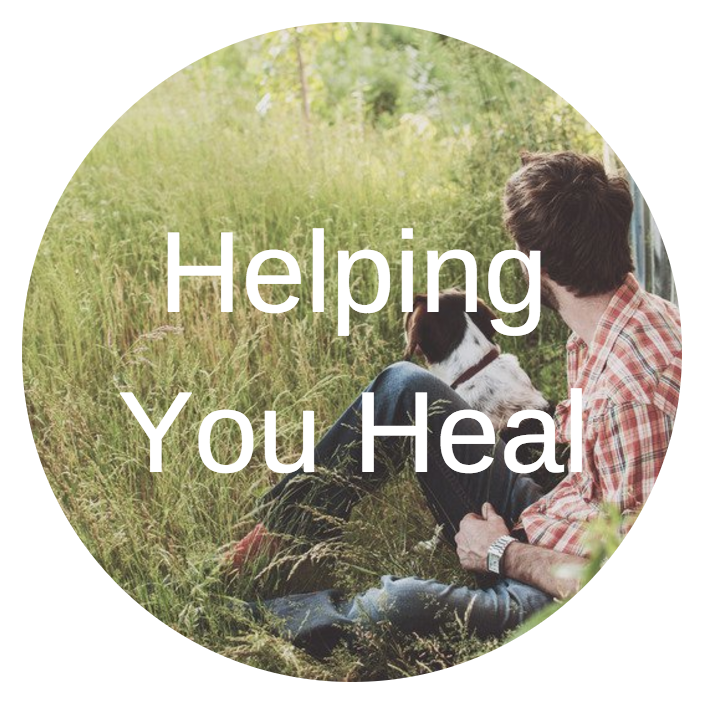Concerned about your teen?
Let’s start a conversation to see if my methods can help.
Teens, Alexander Technique and Hope for the Future
If you are reading this, it must be because you have a young person in your life whom you love, and you want them to be happy and healthy. The past 18 months have been unspeakably difficult for young people. The trauma of the pandemic is staggering, and anxiety and depression as primary health concerns for teenagers were on the rise even in the Before Times. Back pain is plaguing teens from sitting on the floor or in bed for their homework, and postural concerns are plaguing their parents, as they observe their poised young children succumb to long hours at computers and being on their phones.
Young People and the Pandemic
As I write this, many families are enjoying a carefree summer either at home or on vacation. There is significant relief with the certainty that kids will be back in the building this fall, even if masks and COVID precautions remain in place. Joy and freedom characterize our emotions right now, as we give ourselves permission to let down our guard and our masks. Anticipating a fresh start this fall, parents and kids alike will experience the confusing cocktail of both endorphins and stress hormones that accompany the excitement and preparations for going back to school..
And yet….we are still living in Coronatide
Sure, some kids and families will dust off the stress and strain and move forward with true ease. A LOT will not, and we won’t know for quite some time how many kids seem okay, but really aren’t okay.
And so….we want to do all we can to support our young people. It is critical to acknowledge to them that it has been awful and that it can also get better, and provide them with a pathway forward.
Teens need a body-mind practice to help them cope with both their physical and emotional pain and stress. With Alexander Technique lessons, teens learn how to direct the conversation between their body and mind. They develop the skill for regaining their inner poise, and having better posture awareness and a strong and healthy body.
What is the Alexander Technique?
The Alexander Technique is named after the education pioneer F. Matthias Alexander (1859-1955). While trying to sort out his breathing and postural problems, he developed a specialized method of body-mind education decades before scientists and the public were talking about the body-mind connection. An Alexander Technique student learns how to use their thinking to connect with their body. This promotes a positive and constructive response in class, doing homework, performing in athletics or on the stage. In private lessons, gentle hands-on and verbal guidance from a trained and certified Alexander teacher is applied to everyday activities like sitting and standing. In the classroom setting, group games, reading, assignments and discussion are the vehicles for learning. The goal is for the student to learn how to apply these principles in daily life.
What sets Alexander Technique apart from other body-mind practices? We use our thinking in a very specific way to get physically organized in our body. This promotes the ability to choose the best response to any given stimulus, in all life situations. We develop body, mind and breath coordination for optimal functioning.
Why Alexander Technique?
Alexander Technique is a very practical way of helping teenagers feel successful with managing their feelings, thoughts, and physical well being. Adolescence is a tumultuous time independent of a pandemic. Therefore, it is even more important for a young person to feel confident and empowered, not only negotiating with their thoughts and feelings, but also the physical strain from sitting in class, in front of a computer, or playing games and texting their friends on their phones. And this fall, with those heavy backpacks that will re-emerge.
Alexander is important for teenagers because it teaches them how to notice their posture and breathing habits, and how to improve them. This is critical because good posture and easy breathing makes it easier to think clearly, and feel calmer and confident.
Teenagers can often become so bogged down by all of the pressures they feel that they become completely overwhelmed, paralyzed, isolated, unreachable.
Psychotherapy and cognitive-behavioral skills training can be life-saving. Also — not every teen is responsive. As reported in a New York Times article about sophomores during the 20-21 school year, “Suzanne did start seeing a therapist…although a lot of what she was asked to do really annoyed her — like drawing charts and circles with lines showing how one thought got her to another one. How was she supposed to know where the thoughts came from? They were just there: She was not good enough. Her life was a waste. All she did was bring people down.”
Postural cues from parents are not tolerated by teenagers, and with injuries and back pain kids are reluctant to speak up. An Alexander Technique teacher is a helpful “third-party” resource, taking some pressure off the often fraught parent-teen relationship.
Alexander Technique Reduces Physical and Emotional Discomfort in Teens
Research published in British Medical Journal suggests that one-on-one Alexander Technique lessons with a certified teacher has positive long-term benefits for people with chronic back pain. Alexander lessons also teach individuals how to improve their posture. According to a randomized study published in Health Psychology, improved posture resulted in individuals feeling more excited, strong, and enthusiastic, and having higher self esteem (Health Psychology). The mind and body are closely linked so as the physical tension is released, so too will any negative thoughts or anxieties reduce. This greater self-awareness can increase self-confidence and result in a more optimistic outlook.
Improving the Breath and & Decreasing the Stress in Teens
Efficient breathing promotes good posture, strong movement and a healthy, clear mind. How we breath impacts our whole body and mind. Breathing is an automatic body function, so it’s easy to not pay much attention to it. However, poor posture and dis-organized body movements can interfere with easy and relaxed breathing, and vice-versa! Alexander Technique lessons help teens manage their breathing. Teens therefore feel more at ease both physically and emotionally, simultaneously training them to manage stress effectively.
Alexander and The Success of the 21st Century Teen
The time is now for young people to learn Alexander Technique, in two different ways. Our world is in a constant state of upheaval. Additionally, with regards to human development, this is the best time for teenagers to learn important life skills. The frontal cortex, responsible for self-awareness and decision making, is not yet fully developed in an adolescent. This is an excellent time to capitalize on a young person’s maturing body and brain, and prevent unhealthy habits of thinking and moving.
Pre-pandemic, teens were worried about acing their tests in order to gain admission into prestigious schools. In the midst of the pandemic, not sleeping through class was a major victory for many kids. As we move forward into a new school year, let’s capitalize on the lessons we’ve learned about the importance of emotional wellbeing. I invite you to consider that sourcing mental and physical well-being from our body is an essential component in the equation for maturation and life success.
With Alexander Technique lessons, young people learn that increased self-awareness and self-compassion leads to optimal functioning. , and gives us the tools to improve posture and breathing practices to ensure life-loing fitness.
Much of society measures success by what we produce. What could happen if we prioritize our internal experience of well-being on all levels, as the measure of success, rather than solely what we produce? Could this new mindset help revitalize 21st century teenagers?
Check out this video to learn about how the Alexander Technique has been successfully integrated into education.
Sources:
-
BMJ research about Alexander Technique helping people with back pain.
-
Read more about the benefits of the Alexander technique here.
-
Do slumped and upright postures affect stress responses? Get the research-based answer here.


